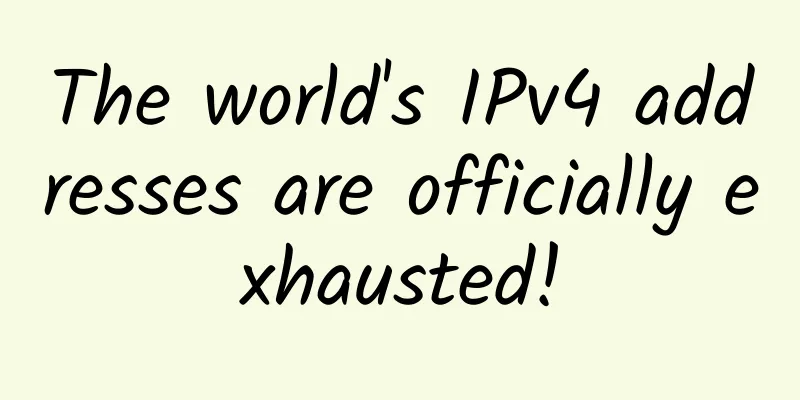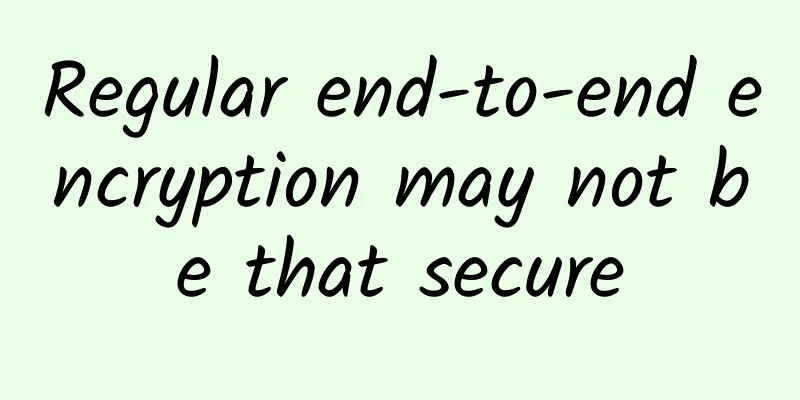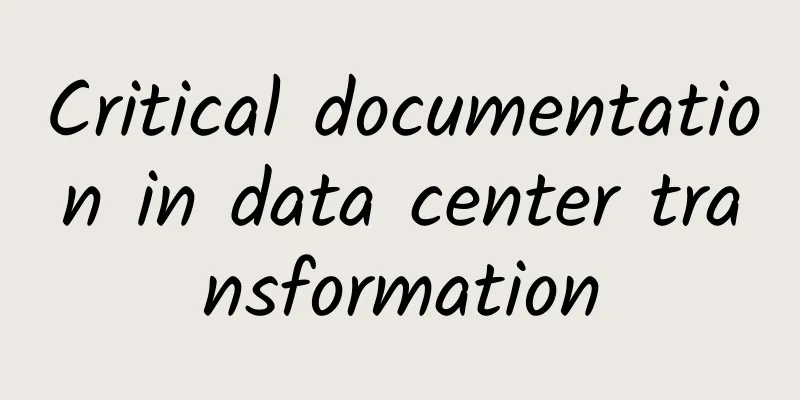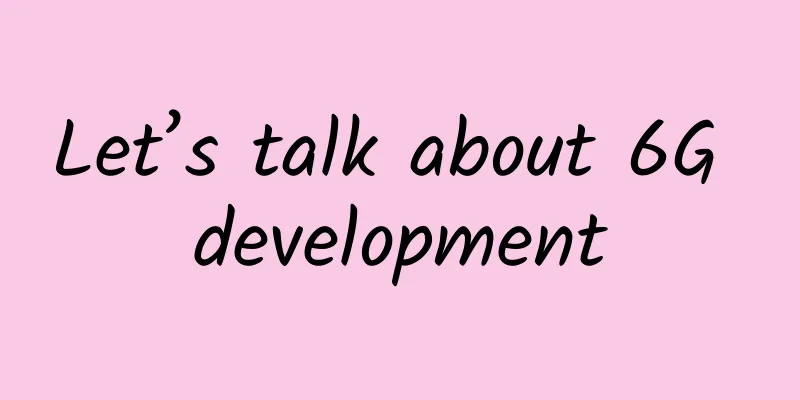The world's IPv4 addresses are officially exhausted!

|
The long-feared exhaustion of global IPv4 addresses has finally arrived today - all 4.3 billion IPv4 addresses have been allocated, which means there are no more IPv4 addresses to be allocated to ISPs and other large network infrastructure providers. This process had been foreseen since the 1980s, and the top-level addresses were actually exhausted in 2012. At that time, all IPv4 address space had been allocated to five regional Internet registries, the African Network Information Center (AFRINIC) for Africa, the North American Network Information Center (ARIN) for Antarctica, Canada, parts of the Caribbean, and the United States, the Asia-Pacific Network Information Center (APNIC) for East Asia, Oceania, South Asia, and Southeast Asia, the Latin American Network Information Center (LACNIC) for much of the Caribbean and all of Latin America, and the European Network Information Center (RIPE NCC) for Europe, Central Asia, Russia, and West Asia. Those Regional Internet Registries quickly started running out of space. On April 15, 2011, Asia Pacific (APNIC) allocated its last IPv4 block, on September 14, 2012, for Europe, the Middle East and Central Asia (RIPE NCC), on June 10, 2014, for Latin America and the Caribbean (LACNIC), on September 24, 2015 for North America, and today, the European RIPE (World Internet Organization) NCC has finally run out of storage. The news was announced in an email (published by Nikolas Pediaditis) which reads:
In theory, IPv4 address exhaustion should mean that no new IPv4 devices can be added to the Internet, but in practice, a number of factors work to mitigate. The first is that ISPs can reuse and reclaim unused IPv4 addresses. The second is that the same IP address can be used privately behind an ISP router due to NAT (Network Address Translation). And of course, the last is the transition to IPv6, which should be well-ordered by now, allowing direct peer-to-peer connections over the Internet with its massive 3.4×10^38 address space. |
<<: The creator of the World Wide Web has a plan for a better global network, but he needs help
Recommend
Cat6a FAQ Breakdown: Everything You Need to Know
What is Cat6a Ethernet Cable? Cat6a cables repres...
RackNerd: Multi-room AMD Ryzen+DDR4+NVMe series VPS is available for purchase starting at $14.18 per year
RackNerd is a foreign hosting company founded in ...
[Black Friday] Zgovps: $12.9/year-1GB/20GB/2TB/Japan IIJ/Germany/Los Angeles AS4837, etc.
Zgovps also released a promotion during this year...
A Five-Star End-User Experience Requires Unified Digital Experience Management
Introduction To deliver a five-star digital exper...
In the first half of the year, the number of Internet users in my country reached 940 million, and the number of active IPv6 users reached 362 million.
Yesterday, the China Internet Network Information...
OneTechCloud VPS for the school season is 20% off starting at 21 yuan/month, US CN2 GIA&9929/Hong Kong CN2&CMI large bandwidth/high defense optional
OneTechCloud (Yikeyun) brings you a discount code...
[6.18] Eurasia Cloud: Los Angeles CN2 GIA line VPS quarterly payment starts from 56.8 yuan
Eurasia Cloud has launched a 618 promotion and la...
The next corner of the Internet of Things is not love, but 5G
This year, CCTV Spring Festival Gala *** achieved...
Sun Songlin of Beijing University of Posts and Telecommunications: Facing the 5G dilemma and breaking through from the industry
At the 2021 China (Shenzhen) 5G Industry Summit, ...
5 Mac software that are so useful that you don't want to share them, each of them is a representative of black technology
[[385059]] I have shared a lot of Windows compute...
What changes will the integration of 5G and the Internet of Things bring?
The convergence of 5G and the Internet of Things ...
The 10 hottest technology keywords in 2018, every move will change the future
The end of 2017 is accompanied by the arrival of ...
Ruijie Networks releases its wireless product strategy of “Vast New Connections”
On June 5, Ruijie Networks held a "Vast New ...
How to set up router bridging is actually very simple
A wireless router cannot fully cover the room. If...
Turn off WiFi to avoid base stations for fear of radiation. You are wrong again
[[434629]] I didn't expect that in 2021, ther...









